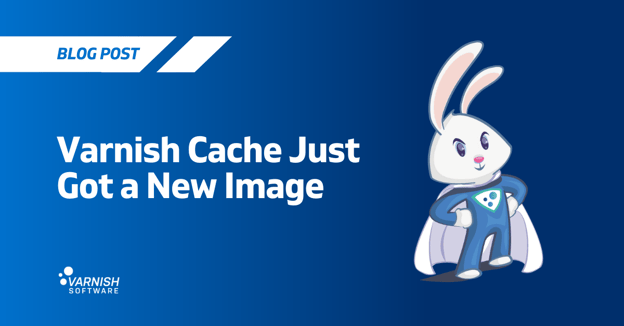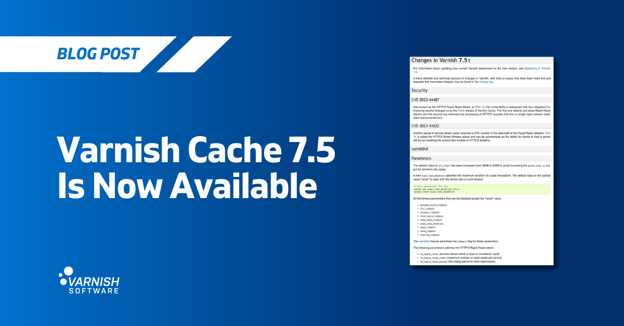When New Relic (NR) approached us about building a Varnish plugin for their new platform we thought it was a great idea. We saw this as an opportunity to give our user community a tool that can give them a better insight into what is happening in their Varnish installation and thereby enhance their user experience.
The Varnish plugin will help our users better monitor Varnish as a vital part of their stack and more easily discover and solve any bottlenecks or problems in the software.
The Varnish plugin
Our plugin takes the metrics collected by Varnish and pushes the data into NR. New Relic then allows the user to slice and dice the data and aggregate the metrics across hosts. Users can also create alerts if numbers rise above a certain value, so you can get an alert if the cache is becoming very full, for instance.
Our plugin retrieves data from varnishstat, Varnish Cache’s statistical tool for monitoring its health. This includes statistics such as cache hit rate, uptime, number of failed backend connections, number of objects in the cache and much more. To display these statistics we have created a standard dashboard in which the number of requests and hit-rates are displayed in a graph. Another graph displays the number of objects on the site, yet another shows the health of the cache and so on. The user can then add other visualisations if they want to. You can download the Varnish Plugin on the New Relic platform here.
The New Relic Platform
The NR Platform that was released yesterday is a seamless new way to monitor the performance of any technology through an intuitive and easy-to-use interface. With the NR Platform, you are be able to get in-depth, real time insight into the performance of each component of your application stack – from cloud services, to the database, caching, networking, queuing and more. We’re very excited to be part of this new initiative with our Varnish plugin.
Visit newrelic.com/platform to start using the New Relic Platform.
/VS-logo-2020-197x60.png?width=136&height=60&name=VS-logo-2020-197x60.png)



